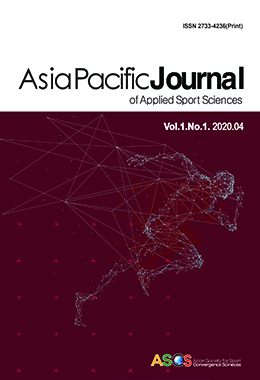PURPOSE This study uses the extended model of goal-oriented behavior to predict and test the behavioral intentions of Chinese public Taekwondo consumers. Based on the original MGB, the study adds five variables related to Taekwondo consumption characteristic to investigate the influencing factors of general Taekwondo consumers' consumption decision-making process. METHOD This study conducts an online survey of 417 students studying in the Chinese Taekwondo Gymnasium and uses IBM SPSS statistical software 26.0 and AMOS 23.0 to analyze the data. Then, the data analysis is divided into two stages. In the first stage, confirmatory factor analysis (CFA) is used to test the reliability and validity of the scale. In the second stage, a structural equation modeling (SEM) analysis is employed to test the proposed hypotheses. RESULT The CFA test shows that the data and the model have a good fit, and the model has high combined reliability and convergence validity. And through the modification of the model, a SEM is established. CONCLUSION The results show that desire has the most significant impact on consumers' behavioral preference, followed by past satisfaction and Taekwondo coach image. Past satisfaction significantly affects desire, which in turn affects consumersʼ behavioral preference. The two constructs of Taekwondo cognition and perspective form a positive and significant relationship. In addition, perspective has developed a considerable influence relationship with past satisfaction and Taekwondo coach image, which influences behavior preferences. Expected emotions significantly affect past satisfaction, which indirectly affects desire and consumer behavioral intentions.


